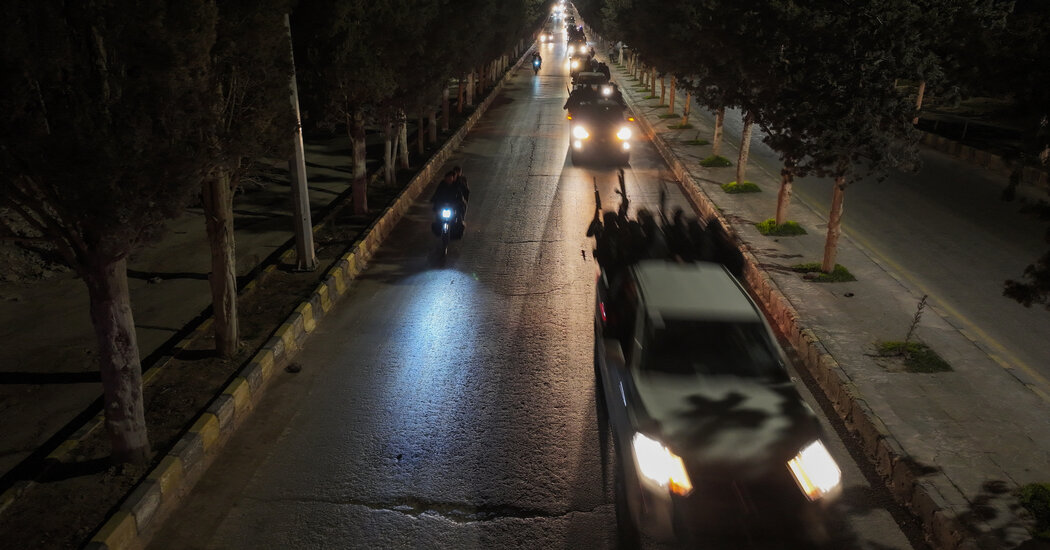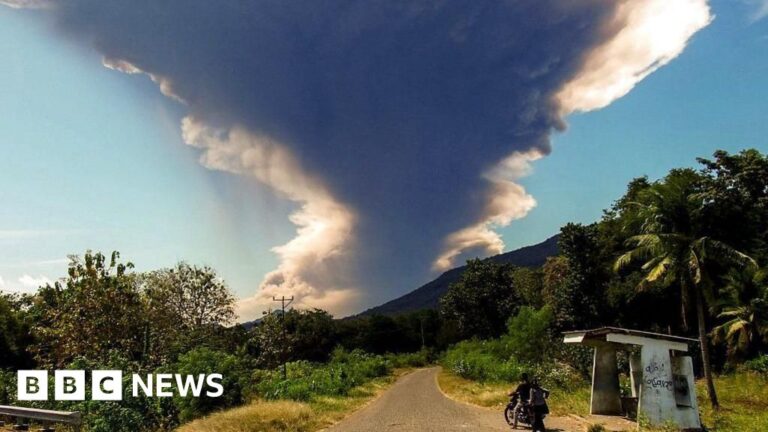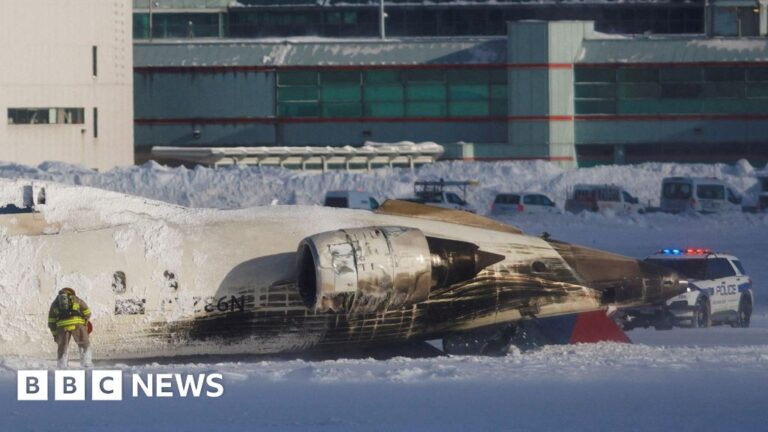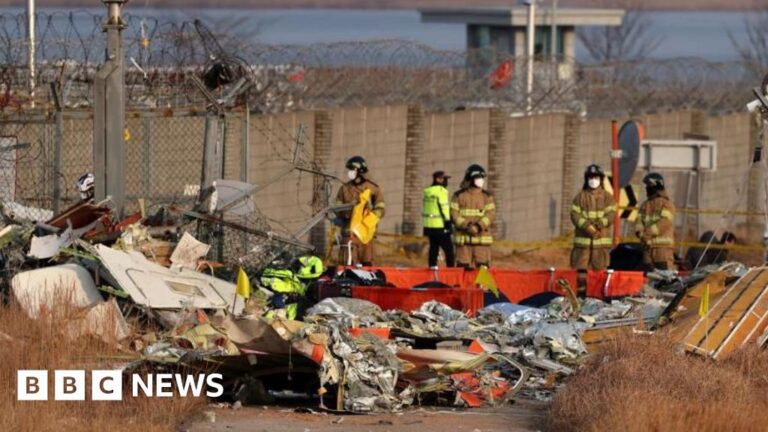Here is the result in plain text:
The gunfire began at dawn on Friday in the town of al-Haffa on Syria’s Mediterranean coast. At first, Wala, a 29-year-old resident of the town, leaped off her bed to the corner of the room in her first-floor apartment, flattening herself as the rat-a-tat of gunshots sounded outside her bedroom window. When the commotion grew louder, she crept to the window and peeled back the curtain. Outside, dozens of people were fleeing down the road, many in their pajamas, as four men in forest green uniforms chased them. Then, the uniformed men opened fire. Within seconds, four of the fleeing people crumpled to the ground. “I couldn’t believe what I was seeing. I was terrified, terrified,” said Wala, who asked to be identified only by her first name for fear of retribution.
The attack in her town was part of the unrest that has shaken Syria’s coast over the last four days and has killed more than 1,000 people, the war monitoring group Syrian Observatory for Human Rights said early Sunday. It was the bloodiest outbreak of violence since rebels ousted the longtime dictator, Bashar al-Assad, in early December, then sought to assert their rule over a country fractured by nearly 14 years of civil war.
The violence broke out on Thursday when armed men loyal to Mr. al-Assad ambushed government security forces in Latakia Province, where al-Haffa is located. The ambush set off days of clashes between Assad loyalists and government forces.
The Observatory, which is based in Britain and has monitored the Syrian conflict since 2011, said early Sunday that about 700 civilians were among the more than 1,000 dead, most of them killed by government forces.
At least 65 civilians were killed in al-Haffa, according to the Observatory. Another war monitoring group, the Syrian Network for Human Rights, reported on Saturday that government security forces had killed an estimated 125 civilians. Those claims could not be independently verified.
Officials with the new government rejected accusations that its security forces had committed atrocities. But they said they were committed to investigating accusations and holding anyone who had harmed civilians accountable.
The violence has raised the specter of a larger sectarian conflict in Syria and stoked panic in the coastal provinces of Latakia and Tartus. The region is the heartland of Syria’s Alawite minority, which dominated the ruling class and upper ranks of the military under the Assad government, and included the Assad family itself. The new government was formed from a coalition of rebels led by an Islamist Sunni Muslim group.
On Saturday, the highway leading from the capital, Damascus, into Tartus was nearly empty as the authorities tried to seal off all traffic into the coastal region. Government security forces set up checkpoints along the main roads into and throughout Tartus city, the provincial capital, where most shops were closed and many residents were hunkering down in their homes.
Shadi Ahmed Khodar, 47, sat by the highway leading from Tartus north to Latakia, watching as the occasional ambulance or government vehicle sped by. The streets of his neighborhood had emptied as violence raged in recent days, turning Tartus into a ghost town, he said. He is an Alawite but like many in the city, he said he does not support the Assad loyalists who have taken up arms against Syria’s new authorities.
But he was also terrified that security forces with the new government would no longer distinguish between armed Assad loyalists and people like him — a crane operator who had worked for the Assad government.
“I couldn’t believe what I was seeing. I was terrified, terrified,” Wala, the resident of al-Haffa, said of the violence.
In the nearby countryside of Latakia Province, armed Assad loyalists were holding dozens of government security personnel hostage after seizing control a day earlier, residents said. In other areas, local residents had taken up arms and stationed themselves outside their homes to protect their families, after hearing reports about government forces killing civilians.
Ghaith Moustafa, a resident of Baniyas, said he had spent most of Friday and Saturday huddling with his wife, Hala Hamed, and their 2-month-old son behind their front door — the only place in their small apartment that was not near any windows.
Early Friday morning, he said he heard the patter of shooting grow louder as armed men reached his building. Then he heard men shouting, gunfire and screams coming from the apartment below his. He later learned that his downstairs neighbors had been killed.
“I was so scared for my baby, for my wife,” Mr. Moustafa, 30, said in a telephone interview. “She was so afraid. I didn’t know how to not show her that I was also afraid for us.”
When the gunfire subsided around 2 p.m. on Saturday, Mr. Moustafa said he and his family fled their apartment and sought shelter at a friend’s house in a nearby neighborhood that had been spared much of the violence. Driving away from home, he was horrified.
Every two or three meters, a body lay on the ground, he said. Blood stains were smeared across the pavement. Storefronts windows were shattered and many shops appeared to have been looted, he said.
“I’m shocked, I’m just shocked,” said Mr. Moustafa, a pharmacist. By Saturday evening, all he could think about was leaving. “We have to get out of here as soon as possible,” he added. “It’s not safe, not at all safe.”
Source link




